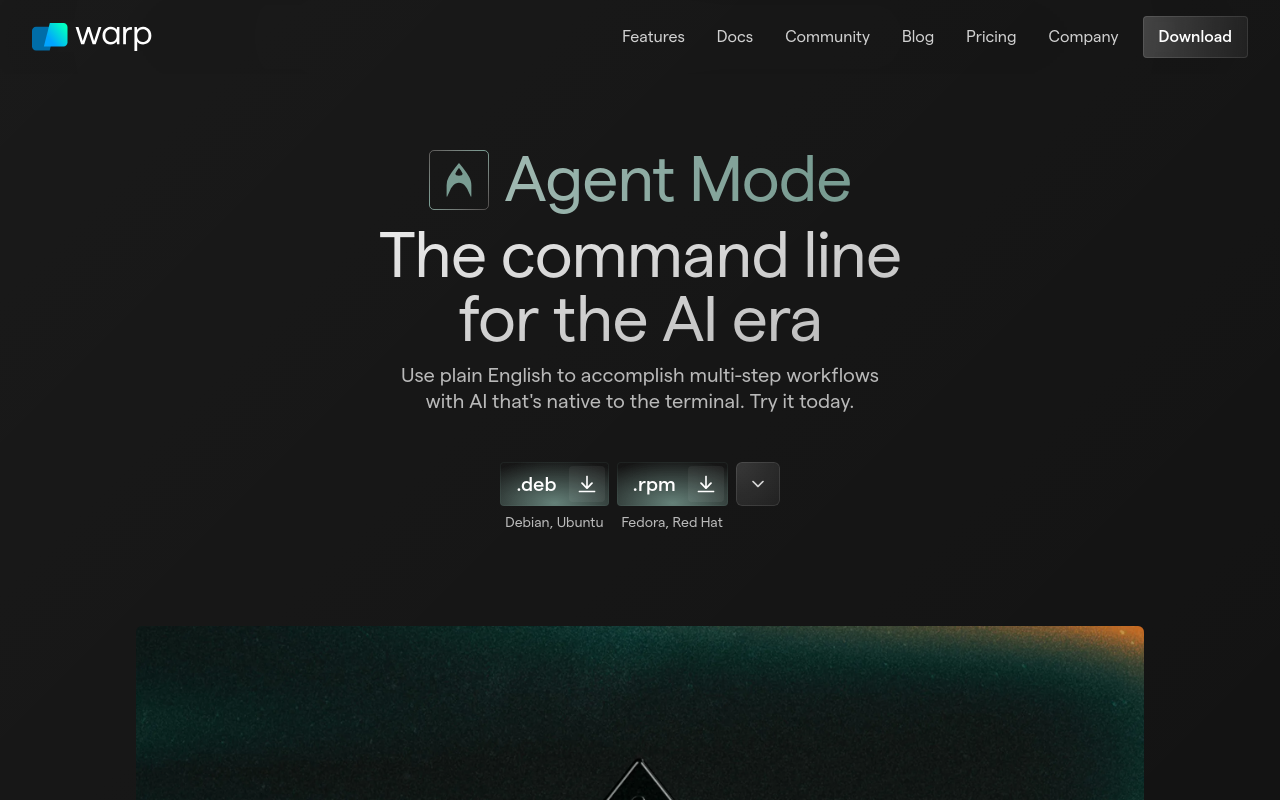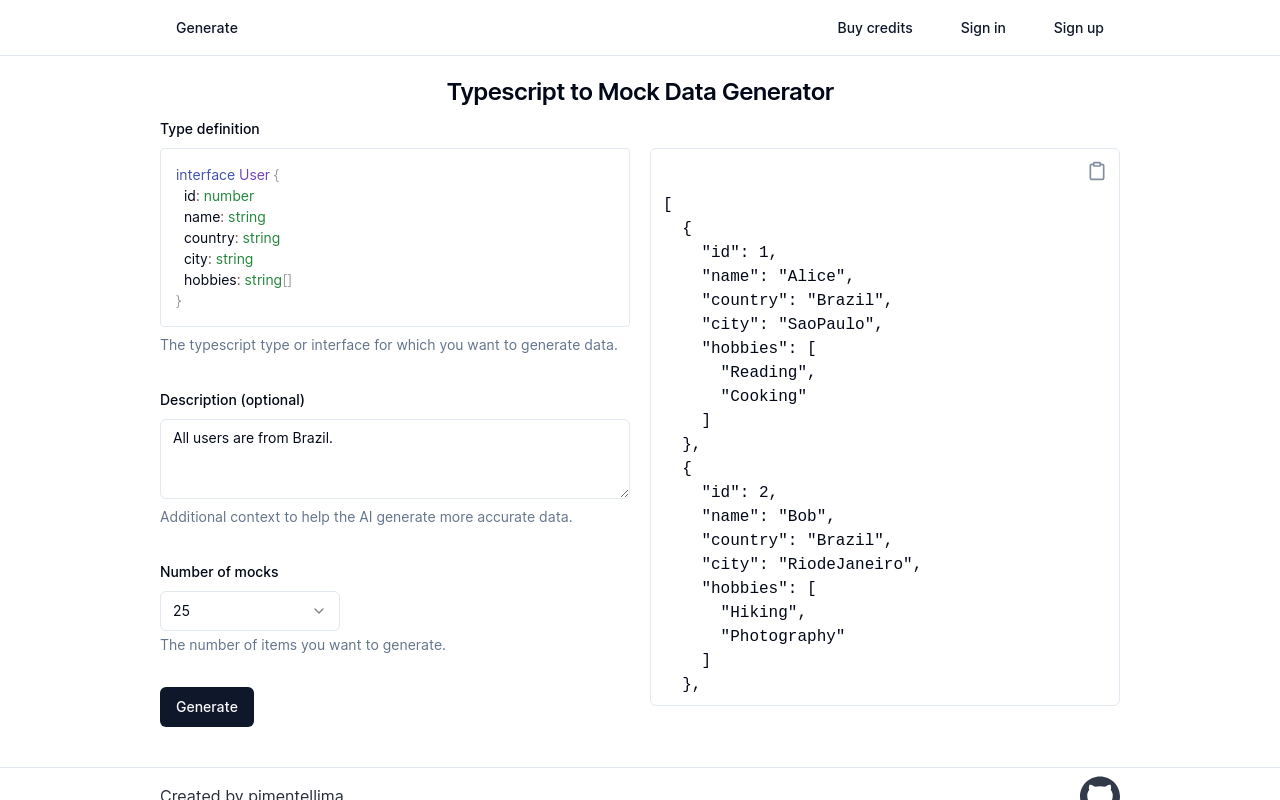Best for:
- Machine Learning Engineers
- AI Developers
- Data Scientists
Use cases:
- Training AI Models
- Deploying ML Applications at Scale
- Running Inference Tasks
Users like:
- R&D Departments
- Educational Institutions
- AI-focused Startups
What is RunPod?
Quick Introduction. [What is the tool. Who is it for. What does it do? (Doesn’t need header)]
RunPod is an all-in-one cloud platform that caters to the needs of AI developers, academic institutions, startups, and enterprises focused on machine learning (ML) and artificial intelligence (AI). It aims to make the deployment, training, and scaling of AI models seamless and efficient. RunPod provides a globally distributed GPU cloud infrastructure, enabling users to deploy GPU workloads without the typical complexity associated with managing cloud infrastructure. By offering instant hot-reloading, a multitude of preconfigured environments, and the capability to bring your own custom containers, RunPod ensures a versatile and user-friendly experience.
RunPod addresses the critical need for scalable and reliable computing power required for AI and ML workloads. Whether you are developing new models, training existing ones, or deploying applications at scale, RunPod’s robust cloud infrastructure supports GPUs of varying capacities to meet diverse computational requirements. The platform’s ease of integration with popular frameworks like PyTorch and TensorFlow makes it a go-to solution for data scientists, ML engineers, and other tech professionals who need reliable and adaptable computing resources.
Pros and Cons
Pros:
- Cost-effective GPU options: RunPod provides a range of affordable GPU instances, making high-performance computing accessible for projects of all sizes.
- Scalable infrastructure: The platform supports rapid autoscaling, allowing users to efficiently handle fluctuating workloads.
- User-friendly integration: With ready-to-use templates and support for custom containers, integration into various workflows is straightforward.
Cons:
- Complexity for beginners: The extensive array of features and configurations might overwhelm users new to AI and cloud computing.
- Limited Ecosystem: While powerful, RunPod’s ecosystem might not be as extensive as more established cloud providers.
- Subscription Costs: For extensive or prolonged use, the costs might add up, particularly for top-tier GPU instances.
TL:DR.
- Scalable, affordable GPU cloud for AI/ML workloads
- Seamless deployment and integration with popular AI frameworks
- Flexible pricing models with a range of options to suit different needs
Features and Functionality:
- Expandable GPU Capabilities: Deploy any container on the cloud with support for both public and private image repositories. This versatility accommodates different project needs, whether it is for inference or training tasks.
- Hot-Reloading Development Environment: The CLI tool enables instant hot-reloading, allowing developers to test changes locally without the need to redeploy containers each time, accelerating the development process.
- Autoscaling: The serverless GPUs can autoscale from zero to hundreds in seconds, making it ideal for workloads with variable demands and ensuring cost-efficiency as you only pay for what you use.
- Preconfigured Environments and Templates: Choose from over 50 templates for different AI frameworks like PyTorch, TensorFlow, and more. These templates ease the setup process and ensure compatibility with various AI models.
- Real-Time Logs and Analytics: Get real-time insights, logs, and analytics related to your endpoint performance. This makes debugging easier and helps in optimizing the models efficiently.
Integration and Compatibility:
RunPod integrates seamlessly with popular AI and ML frameworks such as PyTorch and TensorFlow. You can also deploy any custom container setups using Docker. The platform is designed to work flawlessly with both public and private image repositories.
Do you use RunPod?
Unfortunately, there are no specific integrations with programming languages or third-party tools; however, its comprehensive feature set ensures it can act as a standalone cloud solution for AI workloads.
Benefits and Advantages:
- Reduced Development Time: Hot-reloading and easy deployment allow you to focus on building and tweaking your models without infrastructure delays.
- Cost-Effective: Economical pricing for GPU instances ensures that projects of all sizes can access the computing power they need.
- Scalable Infrastructure: Autoscaling capabilities ensure you can handle any workload, big or small while only paying for what you use.
- Wide Compatibility: Supports a wide range of frameworks and custom containers, offering high flexibility for various AI and ML projects.
- Real-Time Analytics: Monitoring tools provide invaluable insights into performance, enabling more efficient model optimization.
Pricing and Licensing:
RunPod offers flexible pricing to cater to different needs. GPU instances start from as low as $0.67 per hour and can go up to $4.89 per hour for more powerful configurations. The platform supports a ‘pay-as-you-go’ model where users are billed based on the resources they consume. This tiered pricing ensures that both small-scale projects and high-demand enterprise applications can find a suitable option.
Support and Resources:
RunPod provides robust support options for its users. Comprehensive documentation is available to guide you through various functionalities and integrations. Additionally, there is a community forum where users can share knowledge, seek advice, and troubleshoot issues. For more direct support, customer service is available via email and an active Discord channel ensures real-time help is accessible.
RunPod as an Alternative to Google Cloud ML Engine:
While Google Cloud ML Engine offers a broad ecosystem and deep integration with other Google services, RunPod stands out in its cost-efficiency and ease of use. The hot-reloading feature in RunPod allows for rapid development cycles, cutting down on setup time compared to Google Cloud ML Engine’s more complex environment. Moreover, RunPod’s straightforward pricing ensures transparency and makes it highly cost-effective for long term use.
Alternatives Too RunPod:
- Google Cloud ML Engine: Ideal for organizations already invested in Google’s ecosystem. Suitable for complex integrations and scalable solutions.
- AWS SageMaker: This tool is perfect for those seeking a more integrated solution within the AWS ecosystem. Offers extensive features but with higher complexity.
- Nvidia GPU Cloud: Focusing specifically on GPU-driven AI workloads, it offers highly optimized environments for deep learning tasks.
Conclusion:
RunPod stands out as a vibrant, highly adaptable cloud solution tailored for AI and ML workloads. Its cost-effective GPU options, combined with features like hot-reloading, make it a strong contender in the cloud computing space. Whether you are a startup, an academic institution, or a large enterprise, RunPod offers a reliable and scalable platform to develop, train, and deploy AI models efficiently.



